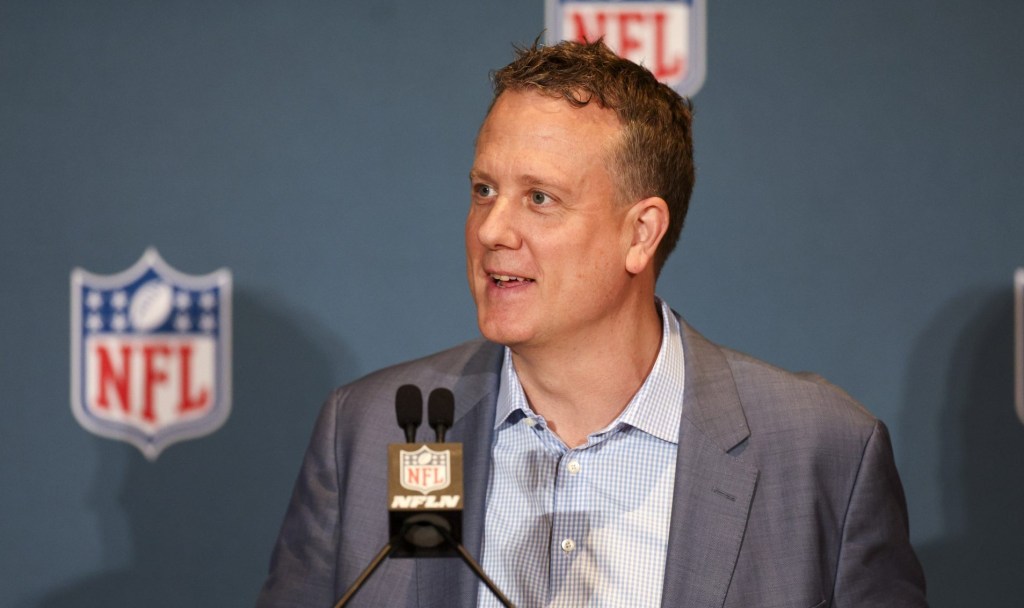By: Adam White, @FOSAdam

It’s 5:00 p.m. on a Monday evening in the middle of August and the phone rings. It’s a sales employee for a sports franchise and he is calling to tell me about some deal they have going on right now. As a new age fan, I either don’t pick up the phone because my caller I.D. does not recognize the number or I answer the phone and listen to the twenty minute spiel the employee has to offer me and kindly respond with a “Thank you, but I’m not interested at this time.” The poor sales employee is getting paid minimum wage to sit in what many teams call “the pit” bringing up number after number after number getting either the voicemail or the common “thanks but no thanks response.” The art of selling tickets by phone is an archaic way of making sales in many ways, yet most teams still, to this day, have employees putting in hundreds of hours a week making phone call after phone call after phone call in a time when landlines are few and far between and people are selective about answering their phones.
In a time when teams are all jockeying for who can provide the best experience for the fans, why not start with the first interaction? You could have the best salesman in the world, but by phone they will still fail seven out of ten times and last time I checked the only person getting paid to do that was Giancarlo Stanton. By giving these employees a list of numbers and a phone, they are set up to fail because selling is hard enough as it is, but when the person has the option to not answer or hang up on you whenever you please it becomes almost impossible.
Next generation fans, like me, crave interaction and tangibility. In a time crazy society, we want interactions that don’t waste our time and interactions that we can walk away with something whether it is a picture, a souvenir or just a smile, we want to know that our precious time was not wasted. A voice on the phone is just another voice in the day, but the tangible aspect of a person is something that can actually leave a lasting impact.
In a 2012 article published on Forbes, Ken Krogue elucidated the problem that impersonal
leads can cause businesses. He found through his collaborative research with Dr. James Oldroyd, “that on an average internet generated lead its take 46 hours and 53 minutes for a sales person to pick up the phone and respond to a lead. And the sales rep who does call, only makes 1.3 call attempts before giving up and moving on.” He then went on to say “Our own in-house research shows only 27% of leads ever get contacted.”
Although this may not apply perfectly to the sports industry, it is a shocking statistic. With our world moving faster than ever today, the perishability of services has reached an all time high and, because of that, a 46 hour window is unacceptable.
Listen to a soccer game and you’ll hear announcers talk about how important the “first touch” is, well I believe that sales need to be taken outside “the pit” and to the consumer in a tangible way in order for that “first touch” the sales managers have with the prospective customers to be right away and to be able to start the whole experience of attending a game. I believe there is a solution to this and one that is easy to create and would help increase attendance and profits generated through tickets.
All big cities have food trucks bringing their fare directly to the customer. It is done in such a way that is direct, cost effective and enticing to the senses. A sports franchise or any team whether it be collegiate or professional need to take a page out of the book of the food trucks. I say why not come up with a Ticket Truck? These mobile sales stations could be used to activate and engage returning fans, while creating the first point of experience for a casual fan that may have never interacted with the team or sport before. This mobile “command center” would not only be able to generate leads, but to act on them right away which, as we know from the aforementioned information, is absolutely crucial in the ability to close and turn leads to sales.
These trucks would be covered in a 3M skin that teams would be able to use to showcase their brand, social media outlets and ticket packages.
On the inside, there would be a large screen in which four replica stadium seats would sit facing it. When perspective customers enter the trucks, the salesman would then have the opportunity to give them a life-like visual of every seat and suite in the arena/stadium while explaining the rates and packages for each seat.
Along with this, there would be a kiosk for the sales managers to use, so the prospective customers could then purchase and print their tickets.
Finally, there would be a social media area where fans could put on a jersey and take a picture that they would be sent so they could post on their respective social media outlets.
The possibilities for customization would be truly up to the organization as they could add things from pictures of team history, apparel for on site purchases, having mascots onsite for kids or even coupons for food at the event they may be at. Any number of promotions can be synergized.
The ticket truck could be a revolutionary idea for teams ticket sales departments, as it would allow them to have a moving billboard, a way to activate and engage fans both of a personal level and a social media level, the ability to take the truck to events and capitalize on large groups of target markets, but most of all provide a way to get that all important “first touch” with new age fans and consumers because nowadays a phone call does not cut it.
1.https://www.forbes.com/sites/kenkrogue/2012/07/12/the-black-hole-that-executives-dont-know-about/

















